Today’s edition of Sliced, the Industry news digest, features 4D printing materials from the University of Colorado Boulder, Q2 2018 results from PyroGenesis, FDA 510(k) clearance and $5.5 million investments for Nanovis’ titanium PEEK spinal implants and more.
A square peg into a round hole
Engineers from the University of Colorado Boulder (CU Boulder) have developed a shape-shifting polymer (4D printing) structure, using liquid crystalline elastomers (LCEs) and light and heat stimuli. The research paper states that the readily shape-programmable LCEs can form “predictable, complex, and fully reversible shape changes, thus enabling the literal square peg to fit into a round hole.”
“The ability to form materials that can repeatedly oscillate back and forth between two independent shapes by exposing them to light will open up a wide range of new applications and approaches to areas such as additive manufacturing, robotics, and biomaterials,”, said Christopher Bowman, Senior Author of the study and a Distinguished Professor in CU Boulder’s Department of Chemical and Biological Engineering (CHBE).
PyroGenesis Q2 report displays revenue decreases
Canada’s PyroGenesis, a manufacturer of spherical metal powders using patented plasma processes, has announced Q2 2018 Results which includes revenues of $1.4 million, a 35% decrease from the $2.2 million posted in Q2 2017. In addition, PyroGenesis’s Gross margin of 34.9% shows a 13.1% decrease from the same period in Q2, 2017. The results also included a backlog of signed contracts valuing $4.1 million.
Nanovis’ Titanium PEEK spinal implants received FDA clearance
Following the completion of a $5.5 million investment round, Nanovis, an Indiana-based surgical implant manufacturer, has received FDA 510(k) clearance for its FortiCore TLIF and PLIF interbody spinal implants which features a “nanosurface-enhanced deeply porous titanium scaffold intermolded with a PEEK core.”
Alan McGee, M.D., of Orthopedics Northeast in Fort Wayne, explained that Nanovis offers “the most advanced interbody fixation technology with the best imaging profile on the market.”
“My partners and I have implanted over 300 FortiCore interbodies. It’s easy for me to assess bone growth through and around the FortiCore implants with plain X-ray. It’s a struggle to assess bone growth through 3D printed titanium interbodies with plain X-ray and I’m hesitant to expose my patients to the extra radiation from an unnecessary CT scan.”
Key investors in the $5.5 million investment round included Elevate Ventures, 1st Source Capital Corporation, Purdue’s Foundry Investment Fund, Commenda Capital, and Ellipsis Ventures.
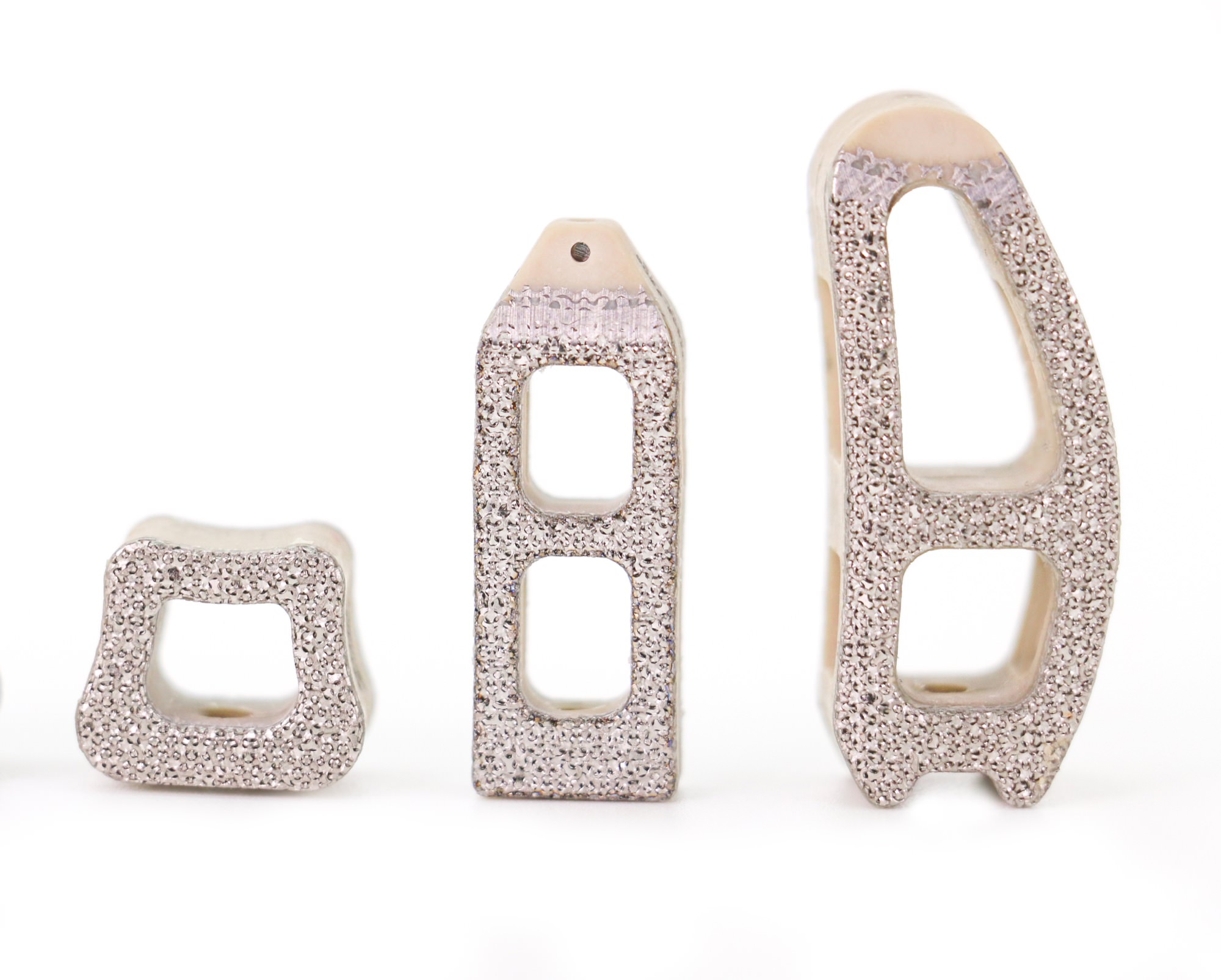
Woven concrete 3D printed street furniture
Berlin-based designers, Studio 7.5, and XtreeE, a Parisian large-scale 3D printing firm, have collaborated to create a series of continuously 3D printed concrete woven-patterned benches. The benches were printed using XtreeE’s six-axis 3D printing robot, which is capable of 3D printing concrete and clay with high precision.
The concrete is printed in alternate layers by the robot head, moving in continuous oscillating waves which create the woven pattern. The benches form part of a collection of custom-made street furniture by Studio 7.5, which celebrates the design capabilities of emerging technologies.
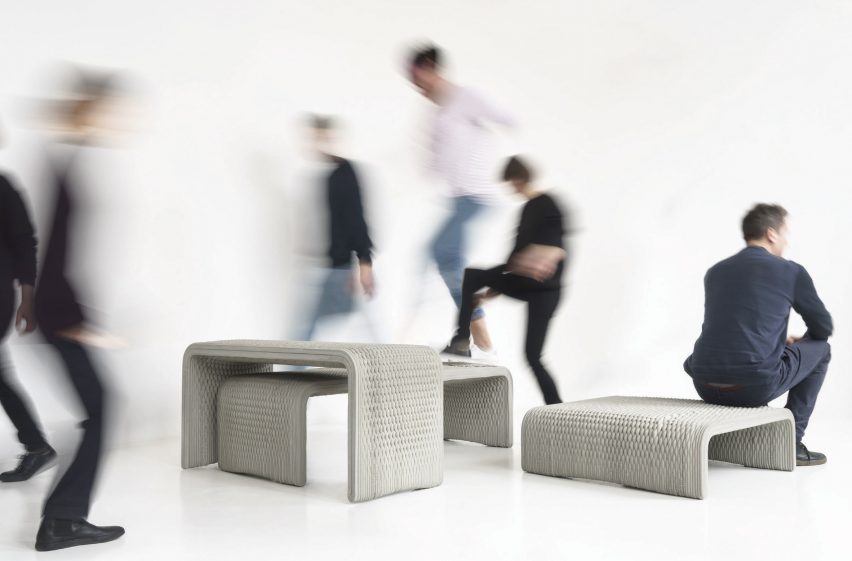
UCL students tackle the UAS Challenge 2018
Ogle Models, a UK-based prototyping firm, has partnered with a University College London (UCL) students to create a 3D printed aircraft model for the Unmanned Aircraft Systems (UAS) Challenge 2018 in Llanbedr, Wales.
Organized by The Institution of Mechanical Engineers (IMechE), the UAS Challenge tasks undergraduates with designing and building functional UAS to promote the development of aspiring engineers in aerospace.
The UCL team designed a tailless, blended-wing-body aircraft made from carbon-fiber-reinforced polymer. Ogle Models created a prototype with 3D Systems’ Accura ClearVue resin which allowed for aerodynamic pressure tapping pathways on the model. This model went on to win three of eleven prizes in the competition including the “Most Promise Award.”
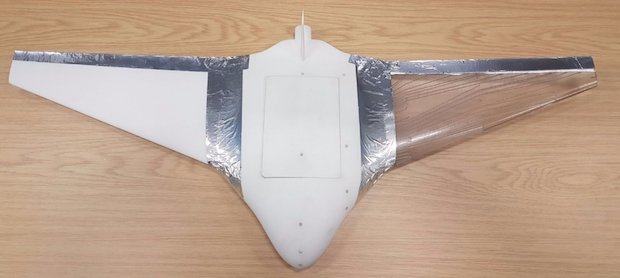
Following a successful two-year collaboration, Oberg Industries, a manufacturer of precision machined or stamped metal components, and the University of Pittsburgh’s Swanson School of Engineering have agreed to extend their additive manufacturing research partnership to provide full-time employees in the Swanson School’s ANSYS Additive Manufacturing Research Laboratory (AMRL).
“Oberg was one of our first corporate partners in additive manufacturing and we are excited to continue this relationship,” said David Vorp, Associate Dean for Research, Swanson School of Engineering. “Our collaboration has enabled our faculty and students not only take full advantage of the AMRL capabilities but also have helped us attract outside funding.”
In other news, Creation Labs, a makerspace designed for 3D printing enthusiasts, has opened a pop-up lab at the South Hills Village, Pittsburgh offering memberships, 3D printing services, and training workshops for makers of all ages. Find out more about the makerspace here.

Renishaw establishes new Additive Manufacturing Demonstration Center
Renishaw, a UK-based engineering firm, has opened their Additive Manufacturing Demonstration Center in Newbury Park, California, the headquarters of Ibex Engineering, a manufacturer of advanced motor and motion technologies. This center allows visitors to explore, interact with and use Renishaw’s latest metal additive manufacturing systems, such as the RenAM 500 series.
“It’s fantastic to be able to place a metal additive manufacturing production cell within Ibex,” said Stephen Anderson, AM Business Development Manager, Renishaw USA.
“Not only does it allow us to showcase our latest technologies, but partnering with Ibex provides us access to an expert manufacturer of precision staging equipment who will utilize the technology to develop innovative products, and drive metal AM into new markets and even wider adoption.”
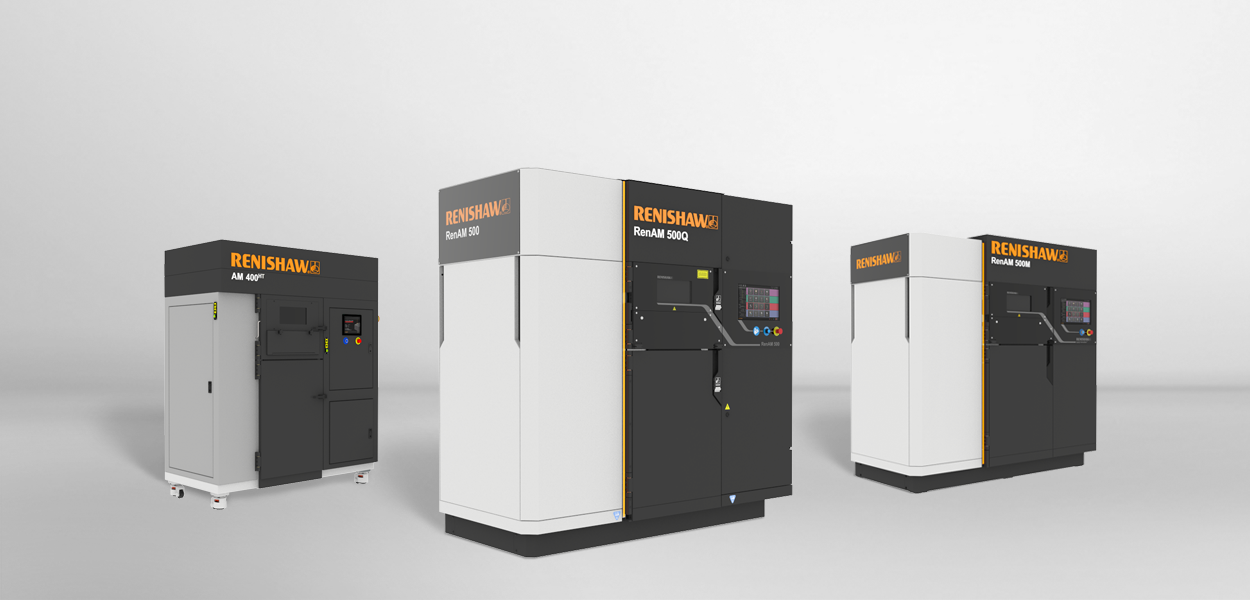
Similarly, Nanoscribe, a German company specializing in 3D printing at the micrometer scale, has established a subsidiary company at the ZEISS Innovation Center, Shanghai, China to accelerate sales activities in and business relationships across the APAC region.
Furthermore, Nano Dimension, an additive electronics provider based in Israel, has announced its new APAC subsidiary, Nano Dimension (HK) Limited, which will enter into a strategic cooperation agreement with Shandong Guohui Investment, a provincial platform company owned by the Shandong Province State-owned Assets Supervision and Administration Commission (SASAC).
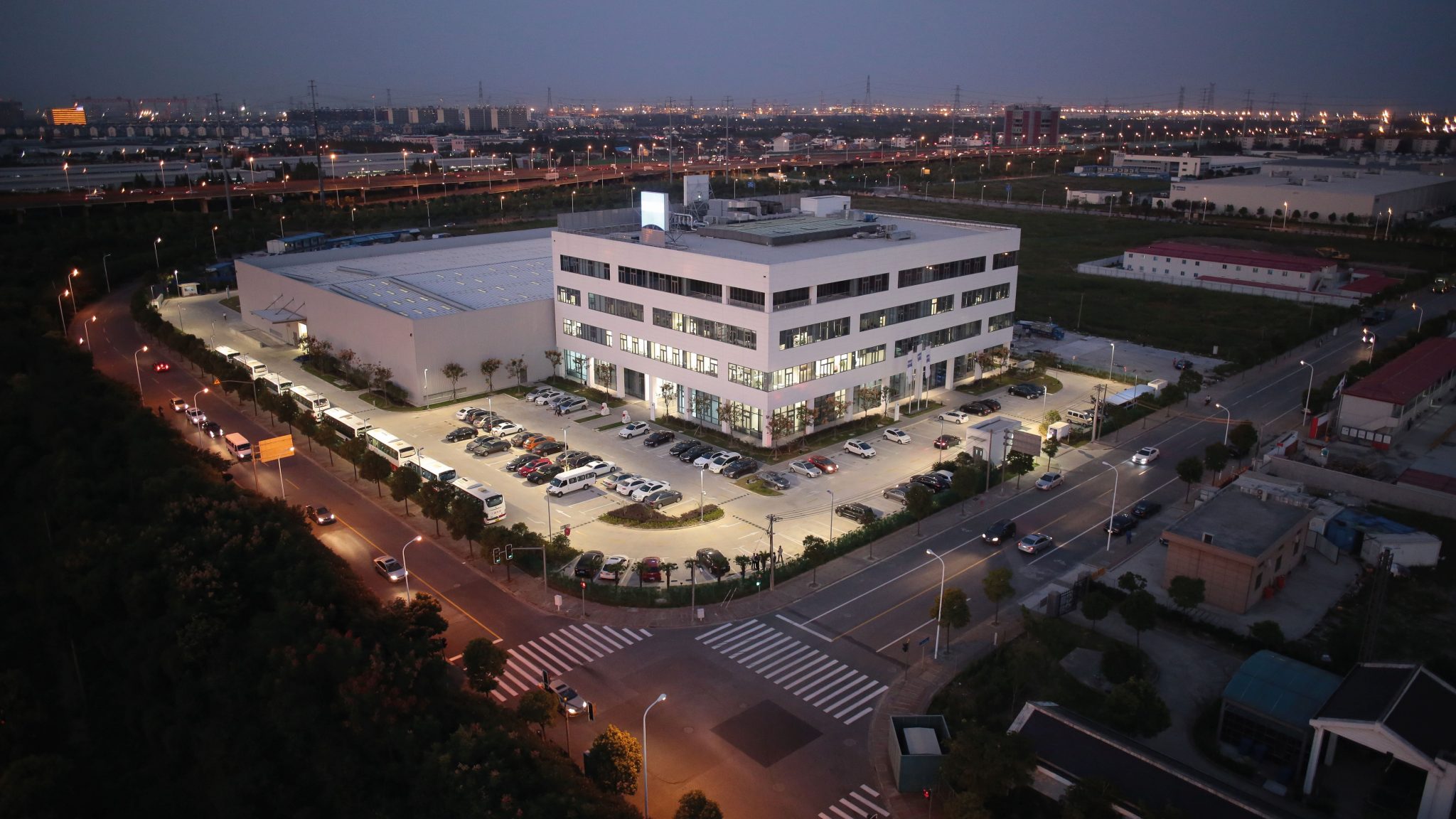
3D printing and business
Thor3D, the Russian manufacturers of the Drake wireless 3D scanner, has announced a shift in management as Anna Zevelyov as its first CEO, and Vadim Fomichev as new Sales Director.
“My first priority will be R&D (after all, Thor3D is, first and foremost, a technology company). My aim will be to significantly improve our current technology and to introduce a new 3D scanner at least once a year. Another priority will be organization of our intellectual property,” said Zevelyov.
Australia’s automotive collision repair network, AMA / Gemini Group, has joined Swinburne University of Technology’s $1.2 million (AUD) research project, Repair Bot which will spearhead the development of an automated, 3D printed repair service for cars.
Moreover, Sigma Labs, a Santa Fe, New Mexico-based software developer, has been awarded a contract for its PrintRite3D system from an undisclosed federally funded aerospace organization to streamline metal additive manufacturing.
“Our PrintRite3D system will be integrated into a Concept Laser M2 3D printing machine to provide the scientific framework necessary to avoid the trial-and-error approach to qualification, which is expensive, time-consuming and provides no assurance of achieving the desired product attributes,” said John Rice, Chairman and CEO of Sigma Labs.
“When adequately tested with empirical in-process data from our PrintRite3D system, national security space systems can be fabricated defect-free, with structurally sound and reliable components based on scientific principles.”
Scotland’s first Digital Heritage Festival
The Historic Environment Scotland (HES) has unveiled the programme for the country’s first digital heritage festival exploring the technologies such as 3D modeling, scanning, and printing. The DigiFest will take place from October 8-20th at the Engine Shed.
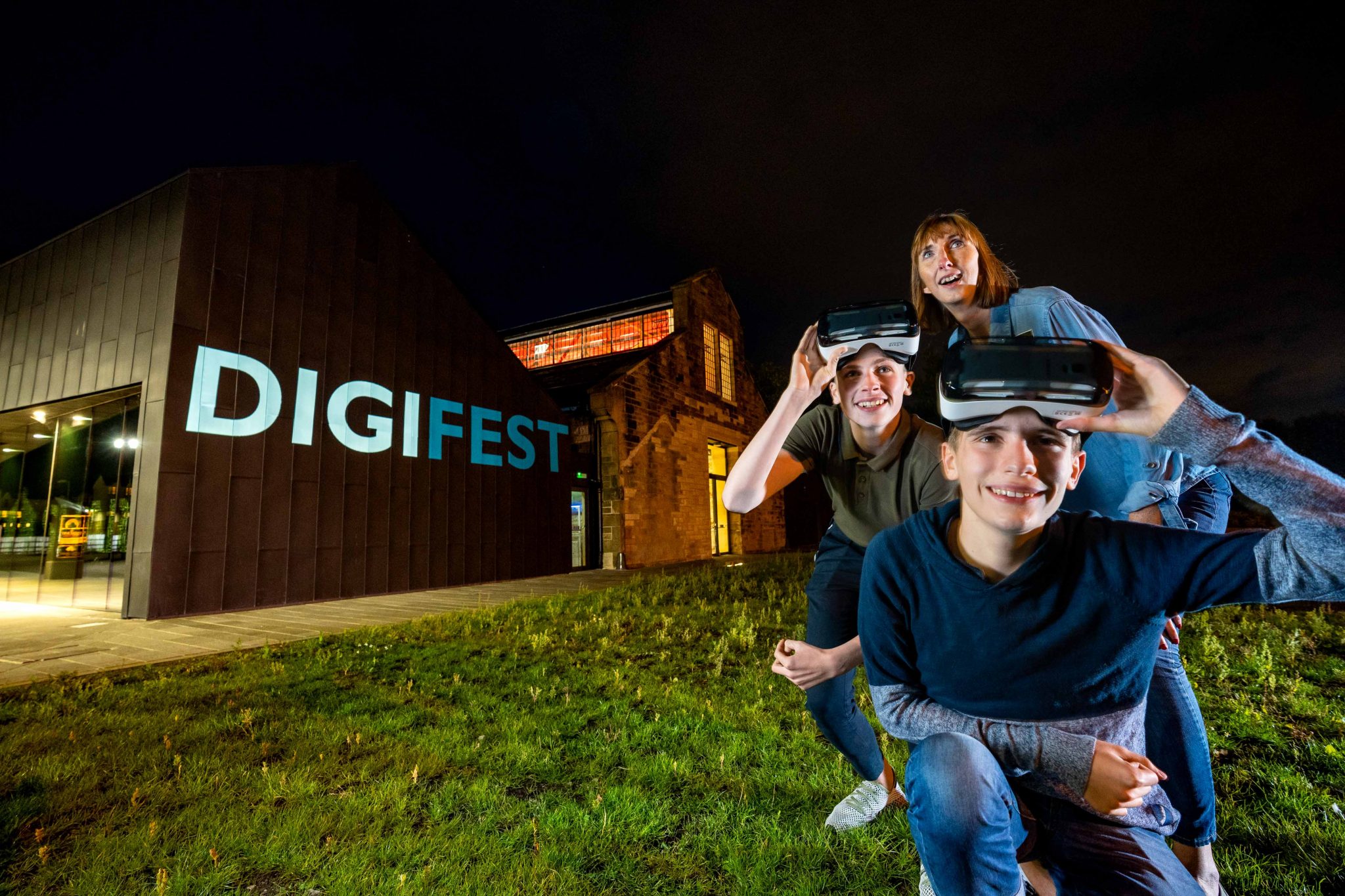
For of the latest research related to 3D printing sign up to the Industry newsletter, Also, follow us on Twitter, and like us on Facebook.
On the lookout for new talent or seeking a career change? Search and post Jobs for opportunities and new talent across engineering, marketing, sales and more.
Featured image shows the Sliced logo over the woven concrete 3D printed benches. Photo via Studio 7.5.

Leave A Comment